RESOLUTION
In order to show you all the subtlety of this puzzle I solve for you a puzzle, I have added letters to designate each column and a number for each row for a better clarity.
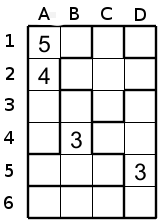
The first thing to consider is to look regions of size 1 (they are the easier to fill ), in this example the region at D1 occupy only one cell then this cell must have a 1. Look at the region in the upper left corner, this region is of size 5, then the numbers 1 to 5 must be included in this region. This region has already a 4 and 5, so it miss 1,2,3. The 3 could only go in B1 because the cell A3 and A4 touch the cell B4 with 3, then only B1 could accept the number 3.
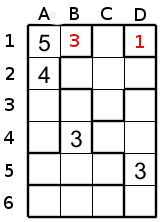
To help us it could be useful to write down in a cell the possible candidates, so in this region the cells A3 and A4 have the candidates 1 and 2.

The region of size 5 containing the number 3 in B4 illustrates an important method of resolution. The cell B3 cannot have a 4 (because A2 has 4) so this cell could only accept 1, 2 or 5. But we could also eliminate 1 and 2 because the cells A3 and A4 have only these two candidates, we only know that these two cells must have one of these numbers (in any order). In any case, these two cells touch the cell B3 therefore B3 cannot have 1 and 2 then only 5 remains for B3. Then the cells A5, B5 and C5 have candidates 1,2 and 4 (figure 4). Now each cell of the region of size 3 at A6,B6 and C6 has candidates 1,2 and 3. So if the cell B6 has a 1 or a 2 then any cells belonging to the other region (A5,B5 and C5) could not accept an 1 or a 2 because all these three cells touch B6 so it will be impossible to end the puzzle. Then B6 must have the only number that don't prevent us to complete the puzzle (because of the impossibility to put number), so B6 has 3
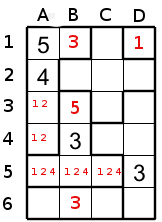
So by the same thinking B5 has 4 , because if the 4 is in A5 or in C5 the two remaining cells of this region containing candidates 1 and 2 will prevent us to fill either A6 or C6.
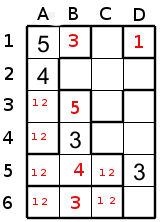
If we look at the up right region (the cross), we notice that 3 can only be in cell D2. Because all the other cells in this region touch a cell containing a 3.

The number 5 goes to C1 for the same reason.
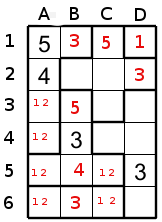
Now it seems that we reach a dead end. But look at the region of size 5 at the right ( with the cell D6). The cell D6 is a neighbour of C5 and C6 that could only accept 1 and 2, this means that the 1 and 2 will never be in D6 so these two candidates could only be in C4,D4 or D3 (with another candidate but we don't need to know the third candidate). Look at figure 8.
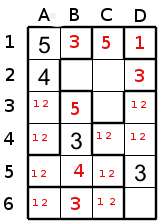
This means that the cell C3 could never have a 1 or a 2, and because C2 cannot have 1 then 1 goes in B2 and 2 goes in C2.

Now we could put 4 in C3 and we are able to resolve the puzzle to obtain the solution.
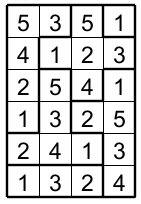
So that's all. This puzzle could give you enough challenges for your enjoyment.



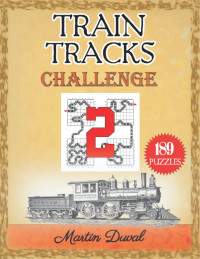













Comments powered by CComment